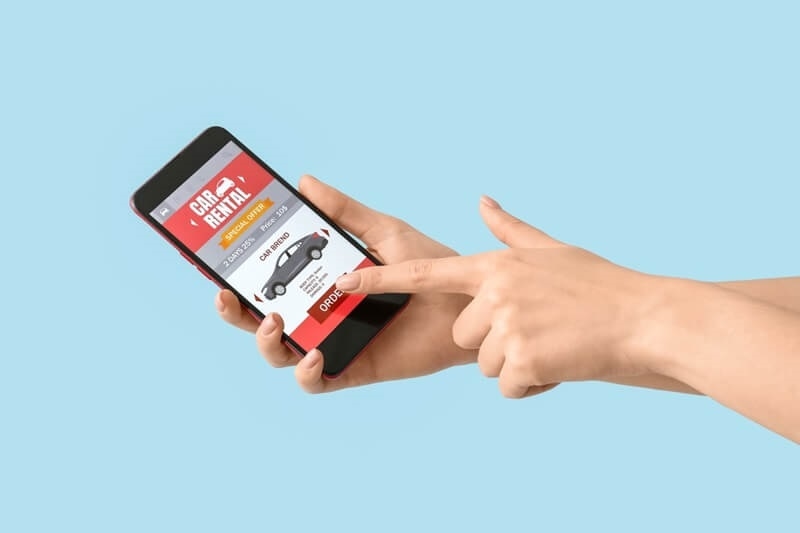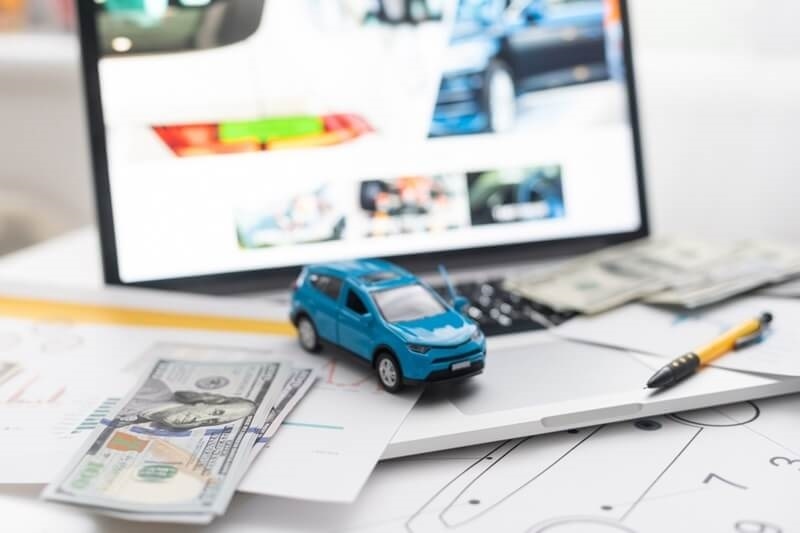Car Subscription Services vs Traditional Buying Trends

The trend in the current world has significantly accelerated the manner in which driving and car ownership have evolved. Days when the purchase of a car was only possible as a one-time choice are gone. However, today, there exists an opportunity to enjoy flexibility in both choices made by specific drivers, such as a car subscription that is guaranteed to provide the convenience, freedom, and variety. But what about the comparison with these to the traditional way of buying that most Americans have been using for decades?
It is a contentious issue between Car Subscription Services and Traditional Buying, more so among the urban drivers who appreciate flexibility rather than long-term contracts. The subscription concept is revolutionizing the way people own cars because it provides them with an opportunity to access a car on a monthly basis without the inconvenience of typical car purchases, such as no down payment, no long-term financing, and no maintenance aggravations.
We will discuss the main differences between car subscriptions and traditional car purchasing, comprehend how leasing becomes a part of the equation, and learn how such trends will depict the future of urban movement in America in this blog.
Car Subscription Services vs Traditional Buying: What’s Changing in Car Ownership

The process of owning a car was simple: you saved, purchased a car, and ran it for years. But times have changed. She is going to a car that is being conceptualized by technology, lifestyle choices, and monetary freedom.
Understanding Car Subscription Services
Car subscription services are new ones that allow individuals to subscribe to a car instead of purchasing or leasing one. You pay a certain monthly fee, and in the process, you are provided with a vehicle with inclusive maintenance, insurance, and roadside assistance. There are even programs where you can alternate cars, as per your needs, such as using the SUV on the weekend and a sedan in your day-to-day commute.
It is a full-service model aimed at individuals who desire the perks of owning a car but not the hassles of ownership. Considering an example, when living in an urban area and not having to drive every day, a subscription will make perfect sense, where you can have the freedom of having a car when you need to.
What Traditional Buying Still Offers
Traditional buying has its own charm and practicality. When you buy a car, it’s yours—no monthly restrictions, no limitations on mileage, and no worries about returning it in “perfect condition.” You can customize it, drive it as much as you like, and even sell it later.
For many Americans, owning a car is still a symbol of independence and stability. It’s not just about transportation; it’s about having something that truly belongs to you. However, with rising vehicle prices, maintenance costs, and depreciation, some are beginning to question whether traditional ownership still makes financial sense.
Comparing Flexibility and Convenience
Both options—car subscriptions and traditional buying—offer unique advantages, depending on what you value most.
Flexibility of Car Subscriptions
Flexibility is one of the biggest attractions of car subscription services. With a monthly vehicle service model, subscribers can change or upgrade cars easily. If your lifestyle changes—say, you move to a new city or need a bigger car for family trips—you can switch plans.
This kind of flexibility is especially appealing to younger drivers, professionals, and city dwellers who don’t want to commit to one car for years. It also works for people who dislike the process of selling an old car or dealing with trade-ins.
The Stability of Traditional Buying
On the flip side, traditional buying gives long-term stability. You own the car, so you’re not tied to monthly subscription fees or service restrictions. Once you finish paying off your loan, your vehicle becomes a cost-free asset—except for maintenance and insurance.
Financial Comparison Between Subscription and Buying
The financial factor often decides which option works best.
Costs in Car Subscription Services
In subscription services, your monthly payment usually covers everything—insurance, maintenance, roadside support, and taxes. There are no hidden costs, which makes budgeting simple. However, over time, the cost can add up. If you keep subscribing for years, you might end up paying more than you would for owning a car outright.
Long-Term Value in Traditional Buying
Buying a car might feel expensive initially, but it offers long-term value. Once the car is paid off, you can use it for years without major recurring expenses. You can also sell or trade it later, recovering some of your investment.
Leasing vs Subscription: The Middle Ground
In between purchasing and subscribing is leasing- it is a model that many drivers are conversant with. However, what is the comparison between leasing and subscriptions?
How Leasing Works
On leasing, you are expected to drive a car over a fixed period, which could be two to three years, and make monthly payments. This is because you do not own the vehicle, which means that upon expiry of the lease, you can purchase a vehicle.
Why Subscriptions Are Different
Subscriptions go one step further in regard to flexibility. You are not tied to a multi-year contract, and there is no need to maintain your vehicle, insure it, and get it registered. Besides, there are companies that enable a monthly subscription.
Impact on Urban Mobility
The US cities are becoming more hectic, and traffic, parking, and environmental issues are redefining the perceptions of the personal vehicle held by people.
Subscription Services and City Living
Car subscriptions are the ideal urban mobility trend. Those who live in cities do not always have to use a car every day, and it is financially reasonable to pay no more than the daily cost. Even most subscription services have delivery and pickup services, with which people living in cities can use cars without having to park or maintain them.
Traditional Buying and Urban Challenges
In large cities, it is both costly and hectic to own a car. The expenses of parking, insurance prices, and the congestion in the traffic impede the conventional purchasing within the reach of many urban Americans. Nevertheless, the inhabitants of suburbs and rural areas might be drawn to owning a car because they have to use it in their daily lives and have more parking space.
Final Thoughts
There is no question of which side is better; the issue is one of which fits your lifestyle better, and that is called the debate of Car Subscription Services vs Traditional Buying. Provided that you are passionate about ownership, independent thinking, and a commitment to long-term investment, buying can also be an excellent option. However, in case you desire the flexibility, minimum commitment, and convenience, the subscription services are a new and up-to-date method to drive. With the trends of urban mobility still rapidly altering, as well as the changes in the lifestyle towards being flexible, there is one thing that is certain, and that is, the experience with which people will drive in America will never remain the same ever again. You either purchase, lease, or subscribe; the most important thing is that you drive on your own terms.
This content was created by AI

